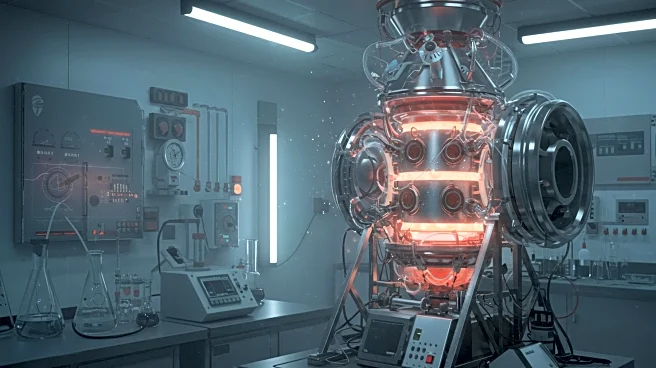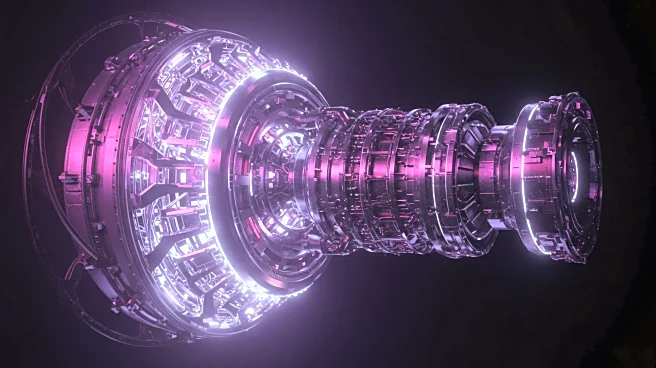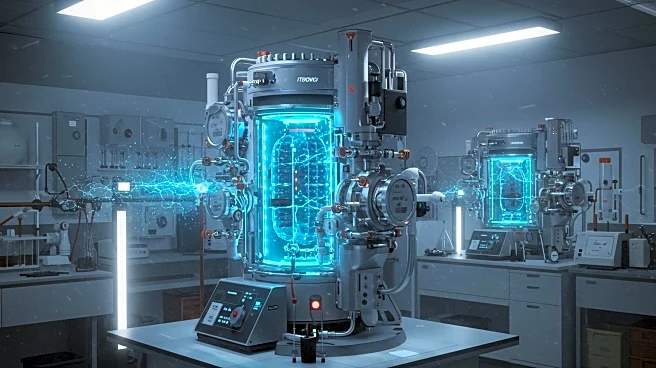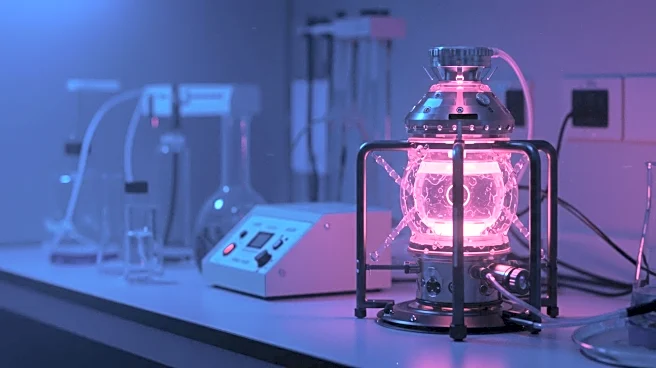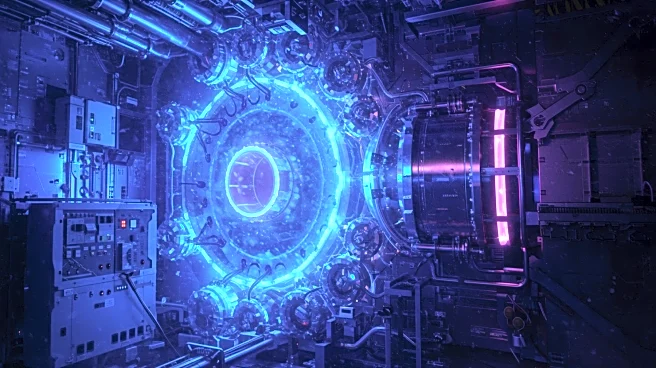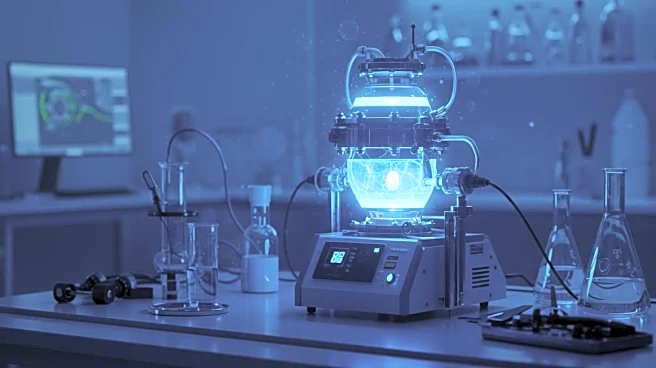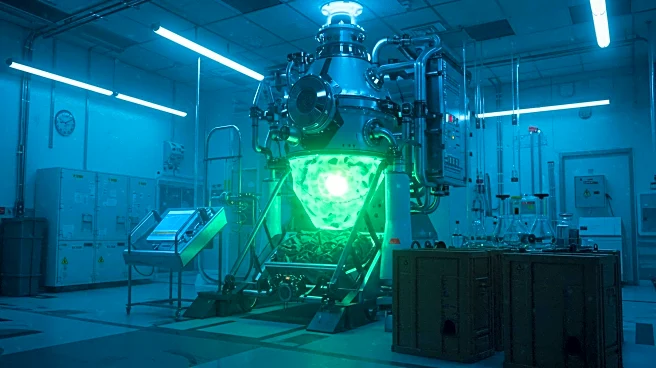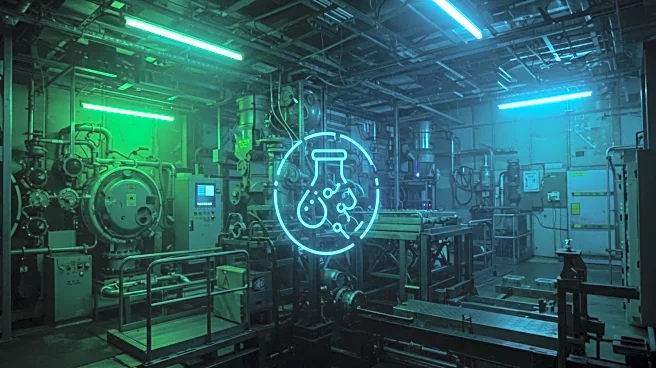Rapid Read • 8 min read
Researchers at the University of British Columbia have developed a novel approach to increase nuclear fusion rates using a room-temperature reactor. The team utilized electrochemical loading of deuterium into a palladium target, which resulted in a 15% increase in deuterium-deuterium fusion rates compared to traditional plasma loading methods. This experiment, published in Nature, employs a bench-top reactor that combines a plasma thruster, a vacuum chamber, and an electrochemical cell. While the method does not achieve net energy gain, it provides a reproducible way to enhance fusion rates, offering a platform for further research in nuclear fusion, materials science, and electrochemistry.
AD
The development of a room-temperature reactor for nuclear fusion represents a significant step in making fusion technology more accessible and practical. By increasing fusion rates through electrochemical methods, researchers can potentially reduce the reliance on large-scale magnetic confinement systems, which require extreme temperatures and pressures. This advancement could democratize fusion research, allowing smaller labs to contribute to the field. Although the current method does not produce more energy than it consumes, it lays the groundwork for future innovations that could lead to cleaner energy solutions, reducing dependence on fossil fuels and minimizing radioactive waste.
The research team at the University of British Columbia plans to continue refining their approach, inviting the scientific community to build upon their findings. The focus will be on systematically tuning fuel-loading methods and target materials to further enhance fusion rates. This collaborative effort aims to advance the understanding of nuclear fusion and explore new lines of inquiry identified in previous studies. The ultimate goal is to achieve net energy gain, which would revolutionize energy production and contribute to global efforts in sustainable energy development.
This research challenges the traditional boundaries of nuclear fusion science, which has been dominated by large national laboratories. By demonstrating the feasibility of bench-top fusion experiments, the study encourages a broader range of scientific inquiry and innovation. It also revisits the controversial topic of cold fusion, providing a fresh perspective on its potential through rigorous scientific methods. The implications extend beyond energy production, potentially influencing materials science and electrochemical research.
AD
More Stories You Might Enjoy
